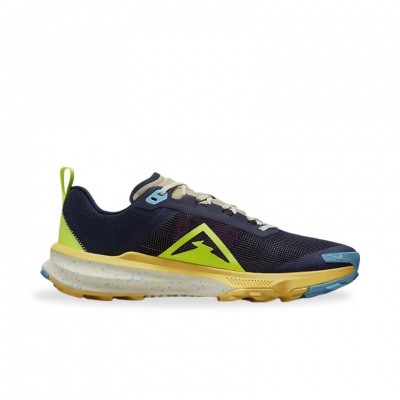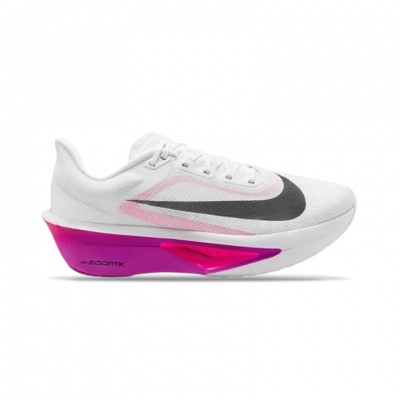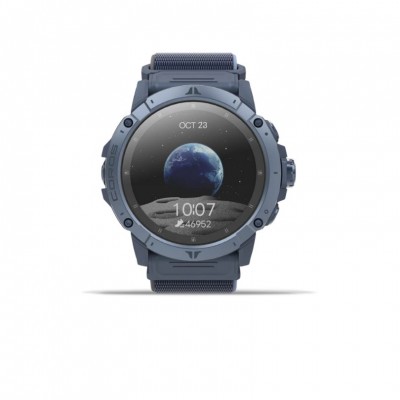Each season brings with it the release of new models of running shoes, and along with them, prices that raise the eyebrows of more than one runner. Today, in a new running boom, it is not uncommon to find models that comfortably exceed 250 euros. A price that for some runners may be justifiable due to the innovations and technologies promised by the brands, but which for others begins to border on the absurd. But what is really happening in the running shoes market: are we paying for revolutionary technology or for an upward price trend based on marketing and fashions?

The technological revolution and price justification
The running industry argues, among other things, that price increases are supported by technological advances that transform the performance and experience of runners. Foams such as Nikes ZoomX, New Balances FuelCell foam, or carbon fiber plates that facilitate propulsion are some of the advances that have burst onto the market in recent years, promising to improve running efficiency and reduce impact on joints.
Studies back up much of these promises: certain materials and constructions are able to improve running economy, allowing athletes to maintain higher speeds with less effort. The most notorious example was the launch of Nikes Vaporfly, with which elite runners have achieved records in long-distance races, and which were the starting point followed by all the big-name brands. However, what happens when these technologies are transferred to popular runners, and does this expense make sense for those who are not looking for top-level performance?
The new mid-range: luxury or necessity?
In the midst of this context, the market has seen the emergence of a mid-range in the 100-120€ range, which has managed to position itself as a reasonable alternative between high-performance technology and price. Models such as the Nike Pegasus 41, the adidas Supernova Rise, the New Balance Fuelcell Propel v4 or the Joma R2000, among others, offer advanced technologies without resorting to elite foams or carbon plates. They are shoes that deliver a solid running experience, with durable materials and optimized cushioning, adjusting to the popular runner without demanding an elite price.

This mid-range segment has been able to adapt to the needs of those looking for quality shoes for everyday training, where comfort, durability and sufficient cushioning allow them to cover long distances without compromising their wallet. And although they have left behind the 70-80€ prices that were common a few years ago, they have maintained a balance that justifies the outlay for those who do not pursue extreme performance, but who value good value for money.
Comparison with other sports: is running really the most expensive?
It's easy to be alarmed that a running shoe costs as much as a paddle tennis racket or a pair of basketball boots, and comparisons are quick to arise. However, analysis shows that the rising price of equipment is not unique to running. In sports such as cycling, for example, the investment in bicycles, helmets and technical clothing far exceeds that of any runner. In skiing, a complete set of equipment, from boots to skis and protective gear, comes at a high cost that not everyone can afford. Even in team sports such as soccer or basketball, the expense of quality gear can add up as you renew it periodically, even if the affordable ranges maintain their quality.
Segmentation and exclusivity: Is it a market strategy?
However, it seems undeniable that the major running brands have taken advantage of the growing popularity of the sport and have directed part of their strategy towards a segmentation that borders on exclusivity. Limited editions, models designed in collaboration with elite runners and material innovations have ceased to be a novelty and have become the norm. Today, brands can offer multiple versions of the same model, each geared to a different type of runner and with a price range so wide that it can go beyond 300 in euros.

Somehow, this strategy manages to appeal to all user profiles, from the casual runner to the high-tech fanatic, willing to pay to experience the latest innovation. But to what extent is this a market necessity and to what extent is it a tactic to justify a price escalation? This is a legitimate question that deserves an in-depth analysis.
The role of fashion and aesthetics in the price of running
One factor that has crept into running almost without us realizing it is fashion. shoes are no longer just a functional tool, but have become a status and style symbol. Designer collaborations, seasonal colorways and special editions add a symbolic valor that undoubtedly drives up the price, and this is evident in running. More and more runners value aesthetics as much as technology, and in this sense, running has followed a trend similar to that of fashion sneakers, where exclusive design and branding raise the price without necessarily offering better running performance. Just ask brands like Hoka or On whose hype is now at an all-time low.
Increased production and logistics costs
A real and quantifiable aspect is the increase in production costs. In the aftermath of the pandemic, material prices and logistics costs have risen sharply, affecting the sports industry in general. In a McKinsey report, it is estimated that shipping prices and the cost of raw materials, such as EVA rubber, have increased by 15% to 25%, which has impacted the final price of running shoes and other sporting products.
Not sure which running shoe to choose?
In a few simple steps we help you to choose the ideal running shoe for you
Go to the Shoe FinderA market with options, but one that demands criteria
The price of running shoes has gone up, yes, but the market has also grown in options that fit different types of runners and needs. From high-end models that take innovation to extreme levels, to a mid-range that still offers quality and durability without excessive cost. The real challenge, in such a large and segmented market, is to find the model that justifies the expense based on the actual use to which it will be put.
Ultimately, the runner has in his hand the possibility to compare and, perhaps, the high price is a call to analyze whether he is buying a performance tool or simply following the current of an industry that knows how to create desire. Either way, the important thing is to run: with the shoes that work best for you and that best fit what you really need.
Read more news about: Running News




































